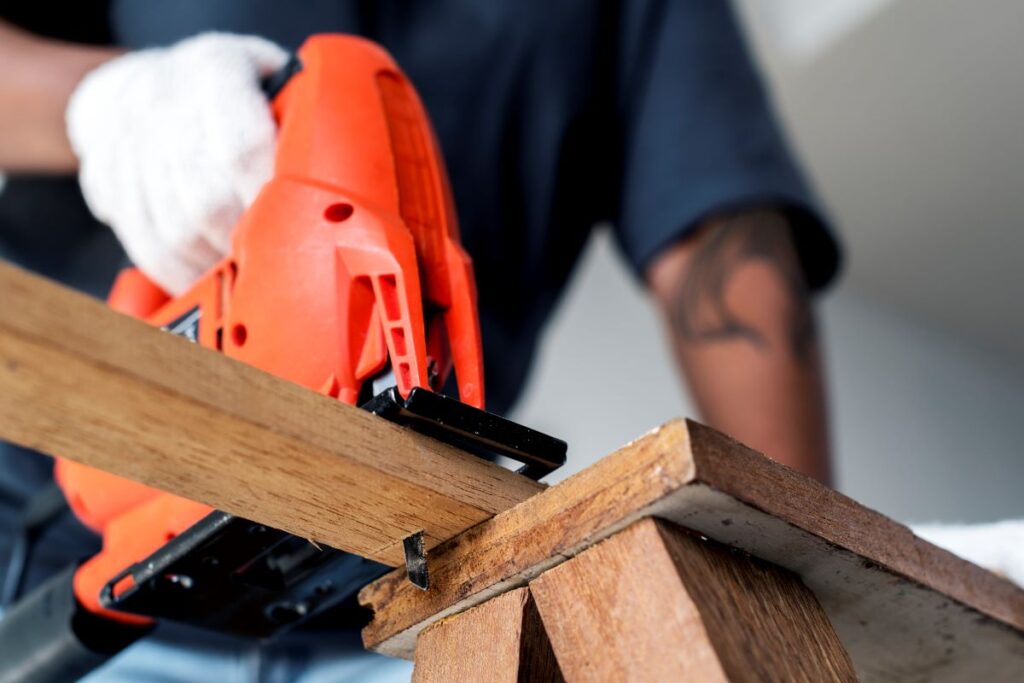Introduction to Test and Tag Practices
In Australia, ensuring the safety of electrical appliances, especially power tools, is essential for workplace safety. The process of test and tag is critical for identifying hazardous electrical equipment, reducing the risk of electrical shocks, fires, and other accidents. A key part of this safety practice is understanding the classification of appliances, specifically Class 1 and Class 2.
What is Test and Tag?
Test and tag involve inspecting electrical appliances to ensure they are safe to use. This process includes both a visual examination and an electrical test, followed by the application of a tag that indicates the item’s safety status, the date of testing, and when the next test is due. Regular tools test and tag services help maintain a safe working environment and are a legal requirement in many industries in Sydney.
Why Classifications Matter in Test and Tag
Understanding the different classes of appliances is essential for effective tools test and tag practices. The classification of an appliance determines the type of insulation used and the testing methods required to ensure safety. The two primary classifications in this context are Class 1 and Class 2.
Class 1 Appliances – Grounding for Safety
What Are Class 1 Appliances?
Class 1 appliances rely on basic insulation and a protective earth connection. These appliances have a metal casing, which is connected to the earth wire in the power cord. The purpose of this earth connection is to direct any fault current away from the user, reducing the risk of electric shock.
Common Examples of Class 1 Appliances
In various industries across Australia, including construction sites and manufacturing, Class 1 appliances are widely used. Common examples include:
- How to Test and Tag an Electric Drill: Electric drills, often used in construction, have metal housings that require grounding, making them Class 1. Ensure that the earth connection is intact during the test and tag process to avoid any hazards.

- How to Test and Tag an Angle Grinder: Angle grinders are essential for cutting and grinding tasks and are usually Class 1 due to their metal components. Testing involves checking both the electrical insulation and the grounding.

- How to Test and Tag a Bench Grinder: Commonly found in workshops, these tools are Class 1, requiring careful testing of the earth connection for safe operation.

Importance of Grounding in Class 1 Appliances
For Class 1 appliances, the integrity of the earth connection is crucial. During the tools test and tag process, it is essential to verify that the earth wire is intact and functioning correctly. A failure in the earth connection can result in the appliance’s metal casing becoming live, posing a severe safety hazard.
Class 2 Appliances – Enhanced Insulation for Protection
What Are Class 2 Appliances?
Class 2 appliances are designed with double or reinforced insulation, eliminating the need for an earth connection. These appliances are generally safer than Class 1 items because the double insulation prevents any live parts from coming into contact with the user.
Common Examples of Class 2 Appliances
Class 2 appliances are commonly used in both residential and commercial settings across Sydney. Examples include:
- How to Test and Tag a Cordless Drill: Cordless drills are popular for their portability and are typically Class 2 appliances. Testing involves ensuring that the double insulation is intact.

- How to Test and Tag an Electric Jigsaw: Used for cutting intricate shapes, jigsaws often fall under Class 2 due to their plastic casings. The test and tag process focuses on the integrity of the insulation.

- How to Test and Tag a Handheld Sander: Lightweight and portable, these sanders are usually Class 2 and require testing to ensure that their insulation is in good condition.

Testing Class 2 Appliances
For Class 2 appliances, the power tools test and tag process focuses on checking the integrity of the insulation. Even though these appliances do not have an earth connection, it is still important to ensure that the insulation is in good condition and that there are no risks of electric shock.
Power Tools and Their Classifications in Test and Tag
Class 1 Power Tools
In Australia, heavy-duty power tools are commonly used on construction sites and in workshops. These tools typically have metal parts that necessitate grounding, making them Class 1 appliances. Examples include:
- How to Test and Tag an Electric Drill: Electric drills are a staple in construction, and their metal housing classifies them as Class 1. The test and tag process should verify the earth connection and overall safety of the tool.
- How to Test and Tag an Angle Grinder: Essential for cutting and grinding, angle grinders require a thorough power tools test and tag to ensure that the metal parts are properly grounded.
- How to Test and Tag a Bench Grinder: In workshops, bench grinders are used frequently, making regular test and tag essential to maintain safety standards.
Class 2 Power Tools
Class 2 power tools are generally lighter, portable, and designed for tasks that require mobility. These tools often have plastic casings and rely on double insulation for safety. Examples include:
- How to Test and Tag a Cordless Drill: Portable and convenient, cordless drills fall under Class 2 and require testing to confirm that their insulation is intact.
- How to Test and Tag an Electric Jigsaw: Jigsaws are used for precision cutting, and as Class 2 appliances, they need regular test and tag checks to ensure the insulation remains effective.
- How to Test and Tag a Handheld Sander: These tools are frequently used for finishing work, and as Class 2 items, they must be tested to ensure their double insulation is uncompromised.
Best Practices for Tools Test and Tag in Sydney
Importance of Regular Tools Test and Tag
In Sydney, regular power tools test and tag services are essential for maintaining workplace safety. Electrical equipment, especially power tools, should be tested frequently to ensure they remain safe to use. Regular testing not only helps prevent accidents but also ensures compliance with safety regulations.
Test and Tag How Often?
The frequency of tools test and tag depends on the environment in which the appliances are used. For example, in construction sites and workshops where equipment is subject to heavy use, testing may be required every three months. In office environments, annual testing might suffice.
Documentation and Compliance
Maintaining detailed records of all power tools test and tag activities is crucial for compliance with Sydney’s safety regulations. These records should include information on the condition of each appliance, any repairs made, and the next scheduled test. Proper documentation ensures that all equipment remains compliant with Australian standards.
Conclusion – Ensuring Safety with Sydney Test and Tag
Understanding the classification of electrical appliances is a critical aspect of the power tools test and tag process. In Sydney, ensuring that Class 1 and Class 2 appliances are correctly tested and tagged is essential for maintaining workplace safety. By following best practices and conducting regular testing, businesses can protect their employees and remain compliant with local safety regulations.
For professional tools test and tag services in Sydney, trust Go Test and Tag. Our experienced team ensures that your appliances are safe and compliant with Australian standards. Get a quote today. Regular testing is not just a legal requirement—it’s a commitment to the safety and well-being of everyone in your workplace.






